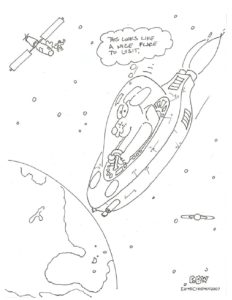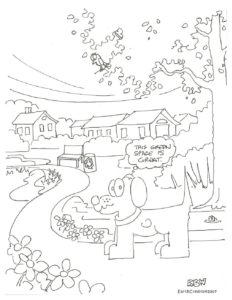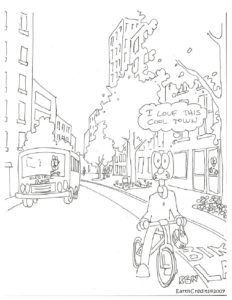What You Can Do to Make a Difference
Although we are not sure exactly why, the Earth has warmed by about 1ºF over the past 100 years. Some think that the earth is getting warmer on it’s own, but most the world’s leading scientists are sure that people are doing things that make the Earth warmer too. To better understand what is happening to the world around us, first we need to understand the difference between Weather and Climate. Click on the titles to learn more!
How We Produce Greenhouse Gases
Whenever you watch TV, play a video game, or listen to your stereo, you produce a greenhouse gas. It also happens when you wash clothes, dry your hair, or turn on a light. To perform many of these functions, you need to use electricity. Electricity comes from power plants. Most power plants use coal and oil to make electricity. Burning coal and oil produces greenhouse gases. Riding in a car also creates greenhouse gases. Driving a car or using electricity is not wrong. We just have to be smart about it. Some people use less driving or carpool with other people to work. The trash that we send to landfills produces a greenhouse gas called methane, it is also produced by the animals we raise for dairy and meat products. Whenever we drive or ride in a car, we are adding greenhouse gases to the atmosphere. And, when factories make the things that we buy and use everyday, they too are sending greenhouse gases into the air. Click on the titles below to learn how you can make a change.
Activity Pages
Click any of the pages below to download and print for coloring and activity fun.
This section of the EarthCredits site was produced for kids and teachers. Much of the information is a summary of information gathered at http://epa.gov/climatechange/kids/index.html. This EPA site has lots of information and many activities for educators and students. Another great site with many activities is http://globalwarmingkids.net/web_sites/index.html



